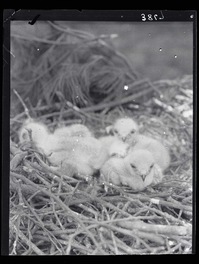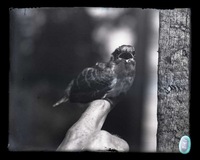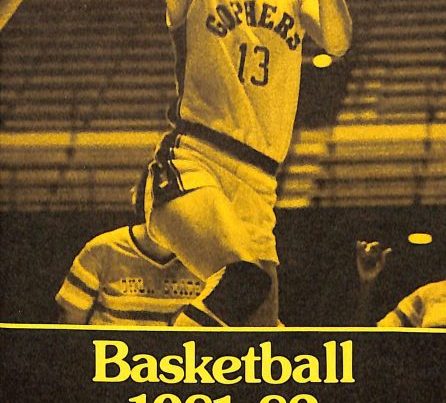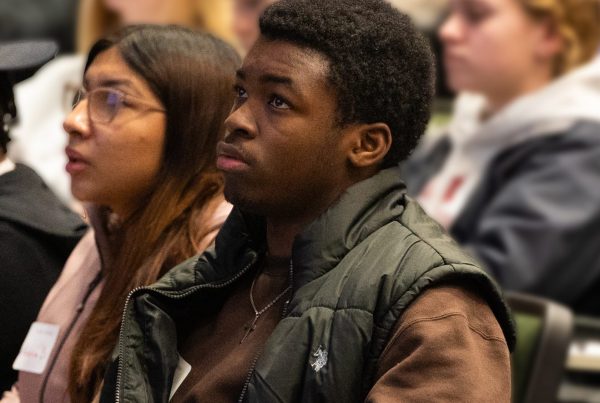By Rebecca Wilson, Project Manager and Metadata Specialist for Exploring Minnesota’s Natural History, a project of the University Archives.
 Since May 2013, I’ve seen hundreds of warblers, woodpeckers, wrens, vireos, robins, thrashers, chickadees, gulls, ducks, and a variety of other avian species. No, I’m not competing for a “big year” – the informal contest in which birders strive to identify the largest number of species of birds in a distinct geographical area within a single calendar year. My ornithological observations, however, are all related to a distinct location, and are part of a very big year for the University Archives.
Since May 2013, I’ve seen hundreds of warblers, woodpeckers, wrens, vireos, robins, thrashers, chickadees, gulls, ducks, and a variety of other avian species. No, I’m not competing for a “big year” – the informal contest in which birders strive to identify the largest number of species of birds in a distinct geographical area within a single calendar year. My ornithological observations, however, are all related to a distinct location, and are part of a very big year for the University Archives.
The University Archives was recently awarded a Legacy grant to implement Exploring Minnesota’s Natural History, a 12-month project that proposes to digitize over 150,000 materials that relate to the geological, botanical, and zoological history of the state of Minnesota.
 Since the project launched in May 2013, I have been inundated with images of birds (approximately 3,000 thus far and counting) produced from scans of glass plate negatives from the collection of the Bell Museum of Natural History. These negatives document the early field observations and bird studies made by Thomas Sadler Roberts, a prominent Minneapolis physician who retired from medical practice in 1915 to pursue his avocation of ornithology and serve as the Associate Curator of the Zoological Museum at the University. Along with acquiring the expertise of a nationally recognized ornithologist, the University also acquired Roberts’s private collection of several thousand glass plate negatives that depict hundreds of species of birds photographed within Minnesota from the 1890s to the 1940s.
Since the project launched in May 2013, I have been inundated with images of birds (approximately 3,000 thus far and counting) produced from scans of glass plate negatives from the collection of the Bell Museum of Natural History. These negatives document the early field observations and bird studies made by Thomas Sadler Roberts, a prominent Minneapolis physician who retired from medical practice in 1915 to pursue his avocation of ornithology and serve as the Associate Curator of the Zoological Museum at the University. Along with acquiring the expertise of a nationally recognized ornithologist, the University also acquired Roberts’s private collection of several thousand glass plate negatives that depict hundreds of species of birds photographed within Minnesota from the 1890s to the 1940s.
At the museum, Roberts continued to produce negatives to document bird behavior, as well as to prepare research for his role as museum curator. In addition to thousands of portraits of warblers, woodpeckers, and wrens, the glass plate negatives also contain images of Itasca State Park, close-ups of beaver cuttings, dam structures, and specimens – images that were used as research to create the beloved dioramas displayed at the Bell Museum today.
 Glass plate negatives are only one type of material that the Exploring project will digitize by June 2014. All of the materials selected for digitization relate to a significant event in Minnesota history – the establishment of the Minnesota Geological and Natural History Survey in 1872. The activities of the Survey inspired the creation of the University’s Departments of Botany, Geology, and Zoology, and also established the “General Museum” which developed into the Bell Museum of Natural History. The correspondence, field notebooks, photographs, and other records created by these entities from the 1870s through the early 20th century are all preserved within the collections of the University Archives and will be digitally accessible in UMedia at the end of our big year.
Glass plate negatives are only one type of material that the Exploring project will digitize by June 2014. All of the materials selected for digitization relate to a significant event in Minnesota history – the establishment of the Minnesota Geological and Natural History Survey in 1872. The activities of the Survey inspired the creation of the University’s Departments of Botany, Geology, and Zoology, and also established the “General Museum” which developed into the Bell Museum of Natural History. The correspondence, field notebooks, photographs, and other records created by these entities from the 1870s through the early 20th century are all preserved within the collections of the University Archives and will be digitally accessible in UMedia at the end of our big year.
Though it won’t be duck soup, we have taken to water, and hope that by year end, that we will have a feather in our cap.
Did I mention I’ve seen a lot of birds?
Visit our project blog: Exploring Minnesota’s Natural History, where we regularly share interesting images and instances of the early explorations of the state of Minnesota.




